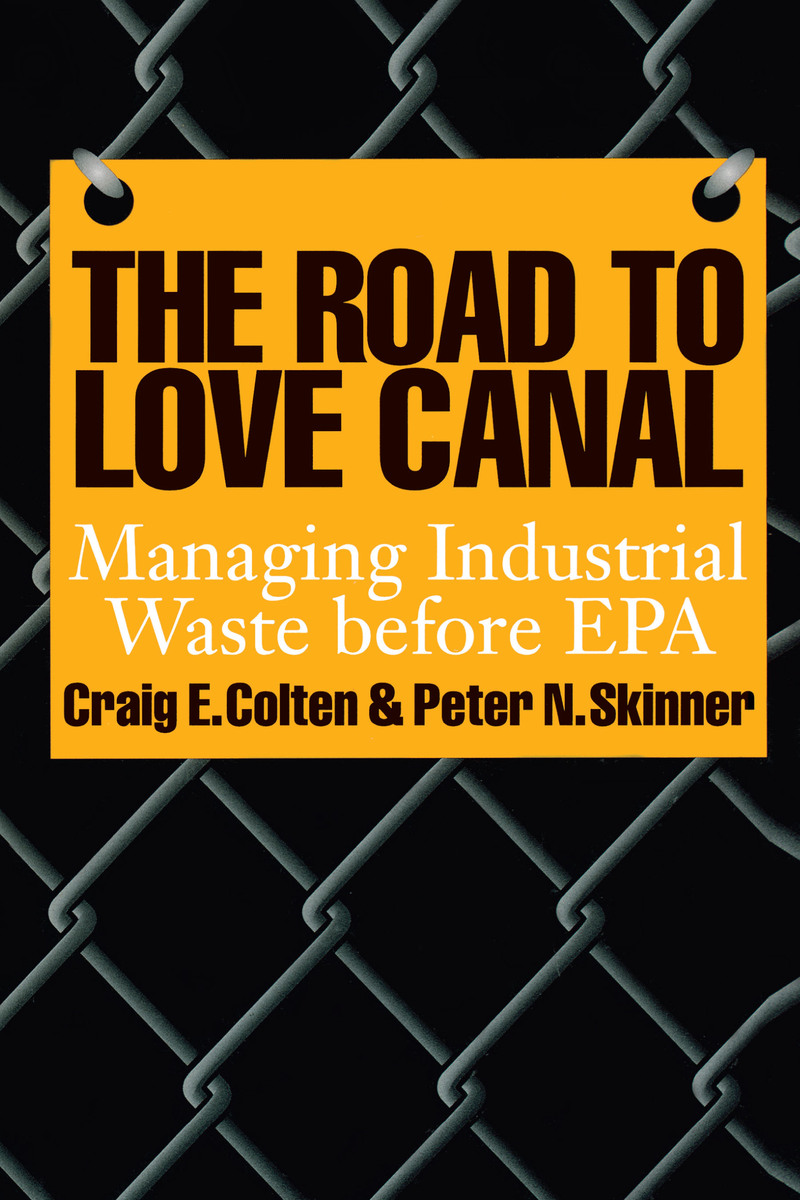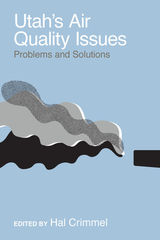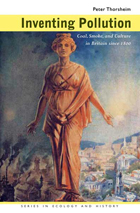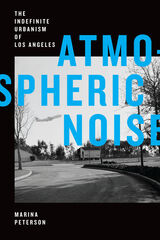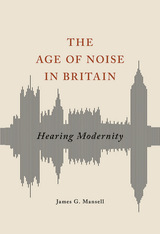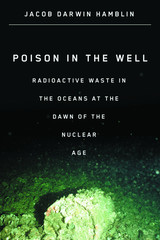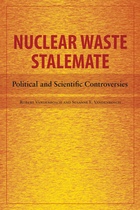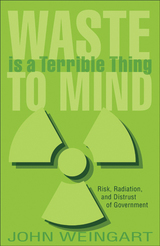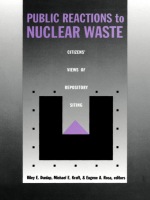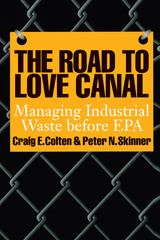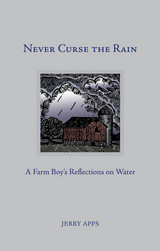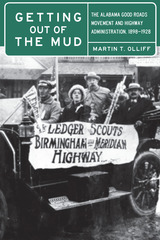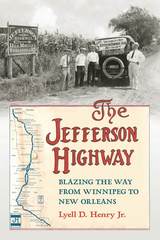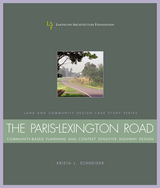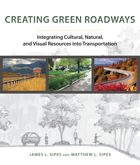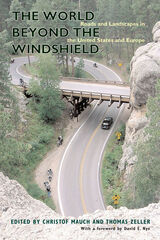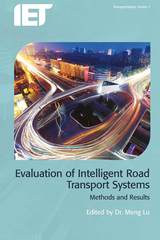Cloth: 978-0-292-71182-2 | Paper: 978-0-292-71183-9 | eISBN: 978-0-292-78973-9 (ePub) | eISBN: 978-0-292-74414-1 (PDF)
Library of Congress Classification TD899.C5C65 1996
Dewey Decimal Classification 363.728750973
The toxic legacy of Love Canal vividly brought the crisis in industrial waste disposal to public awareness across the United States and led to the passage of the Superfund legislation in 1980. To discover why disasters like Love Canal have occurred and whether they could have been averted with knowledge available to waste managers of the time, this book examines industrial waste disposal before the formation of the Environmental Protection Agency in 1970.
Colten and Skinner build their study around three key questions. First, what was known before 1970 about the hazards of certain industrial wastes and their potential for causing public health problems? Second, what were the technical capabilities for treating or containing wastes during that time? And third, what factors other than technical knowledge guided the actions of waste managers before the enactment of explicit federal laws?
The authors find that significant information about the hazards of industrial wastes existed before 1970. Their explanations of why this knowledge did not prevent the toxic legacy now facing us will be essential reading for environmental historians and lawyers, public health personnel, and concerned citizens.
See other books on: Chemical industry | Hazardous wastes | Love Canal | Road | Waste disposal
See other titles from University of Texas Press
